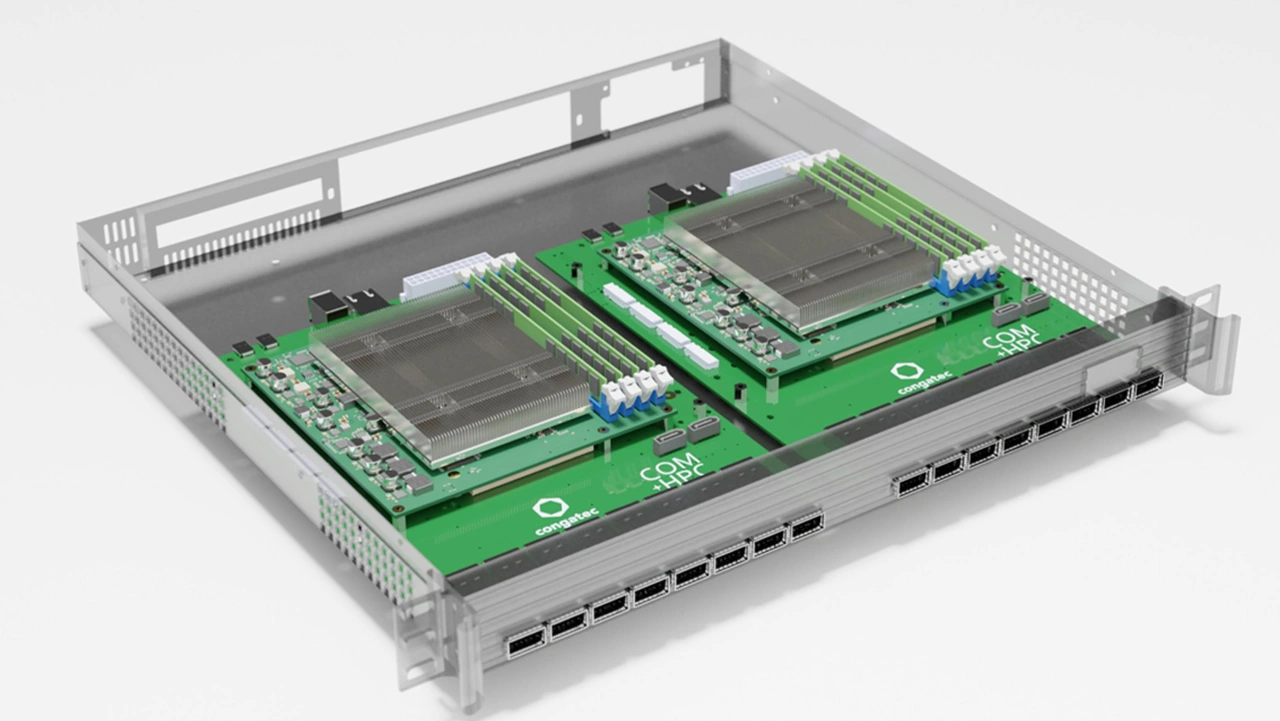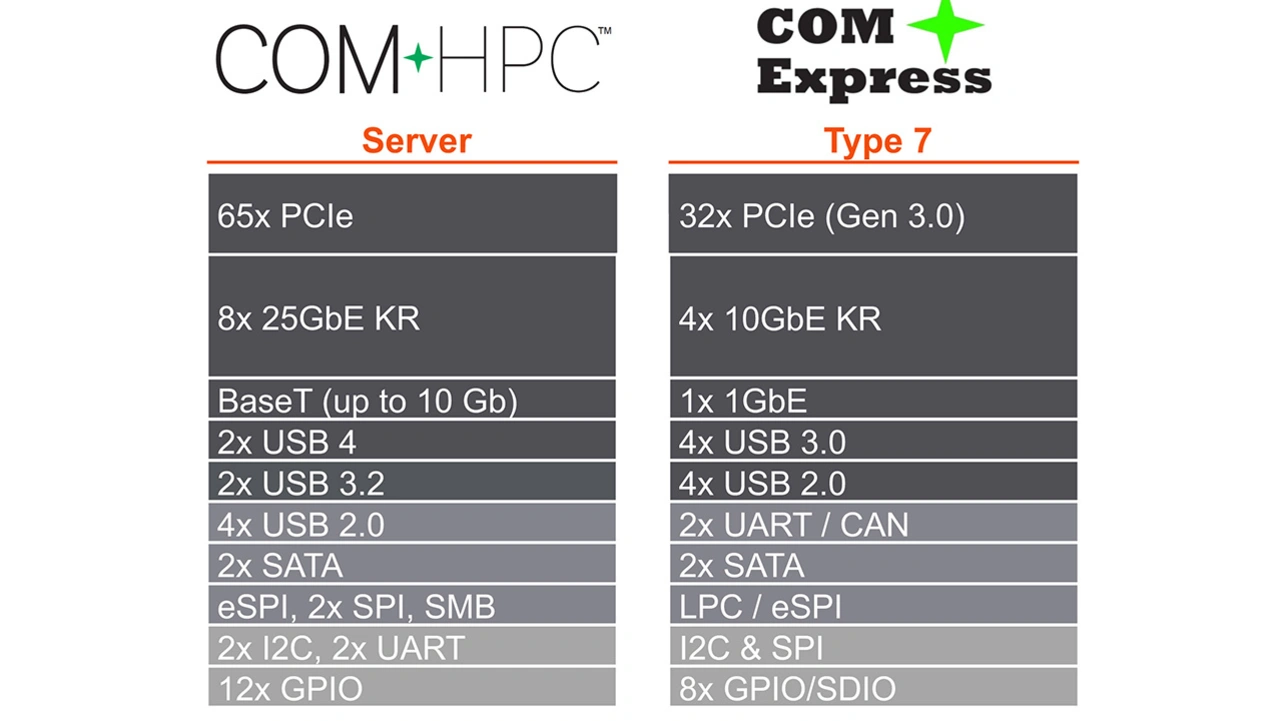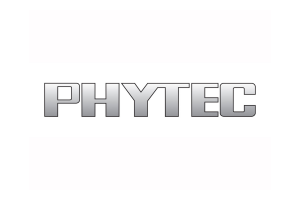The COM-HPC roadmap
»2022 will be the server year«
Christian Eder knows his way around computer module standards. He has actively contributed to the success of COM-HPC. How COM-HPC will continue and what it has to do with servers, he explains in an interview with Elektronik.
Christian Eder is Director Marketing at congatec and was one of the company's co-founders in 2005. Previously, the electrical engineer worked for Kontron, Force Computers and JUMPtec. With his involvement in the committees of the SGeT and PICMG, he is driving forward the standardization of computer modules. He is currently chairman for COM-HPC at PICMG and second chairman of SGeT.
Mr. Eder, you are actively contributing to the success of COM-HPC. What is the current status of the new module standard?
Christian Eder: About three years ago, more precisely on October 23rd, 2018, we started developing the COM-HPC specification at PICMG. Already in February 2021, the hardware specification was published as Rev 1.0. Also last year, the specifications for the Platform Management Interface and Embedded EEPROM were finalized and published. A partial version of the Carrier Board Design Guide is also already available online.
What's next for COM-HPC?
The complete Carrier Board Design Guide, which will be published as Rev. 2.0, has just been finalized and is available since January 2022, just ten months after Rev. 1.0. In addition, we at PICMG are working on the Rev. 1.1 hardware specification, which is based on initial experience with Rev 1.0. It is conceivable that it will appear in the first quarter of 2022. Among other things, it will include enhancements for functional safety. In addition, there are already ideas for a later version – but I can't talk about that yet.

You have already been intensively involved in standards such as COM Express and SMARC. What drives you forward to take on new challenges in standardization again and again?
Since ETX – the »grandfather« of computer modules – I have been involved in almost all standardization activities, for example COM Express, Qseven or SMARC. With COM-HPC, however, we have created a completely new class of standard – in terms of technology/performance, but also in terms of the effort required to define it. No previous computer module standard has been described so precisely and completely, plus the speed with which the design guide was created. I am proud to define the future of computer modules together with the PICMG team. This is fun and motivates me again and again.

However, just 400 pages of paper do not guarantee success. So we at PICMG and at Congatec started marketing the COM-HPC idea long before the specification was published. An initial success is already evident – the launch was much faster than it was for the other standards. While in 2021 the COM-HPC focus was clearly on client modules, 2022 will be the »server year«. The semiconductor manufacturers will bring new server CPUs to the market – we will implement them in parallel in our COM-HPC server-on-modules. With the servers, the performance gap to the previous modules is significant, module providers can open up completely new applications for their customers. My motto for 2022 is therefore: »Make COM-HPC the greatest module standard ever«.
Thank you very much for the interview, Mr. Eder.





